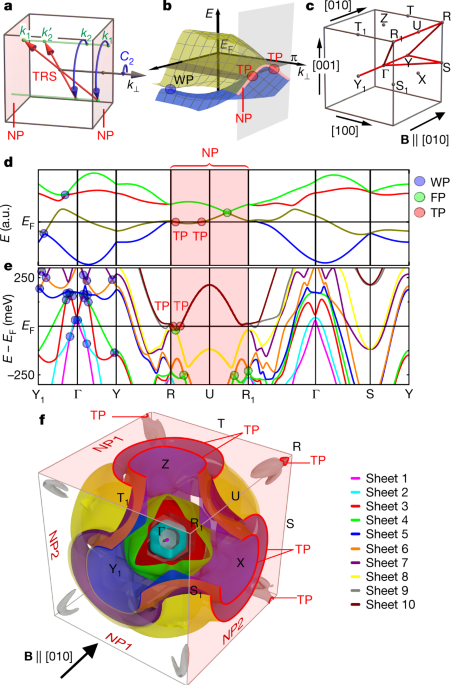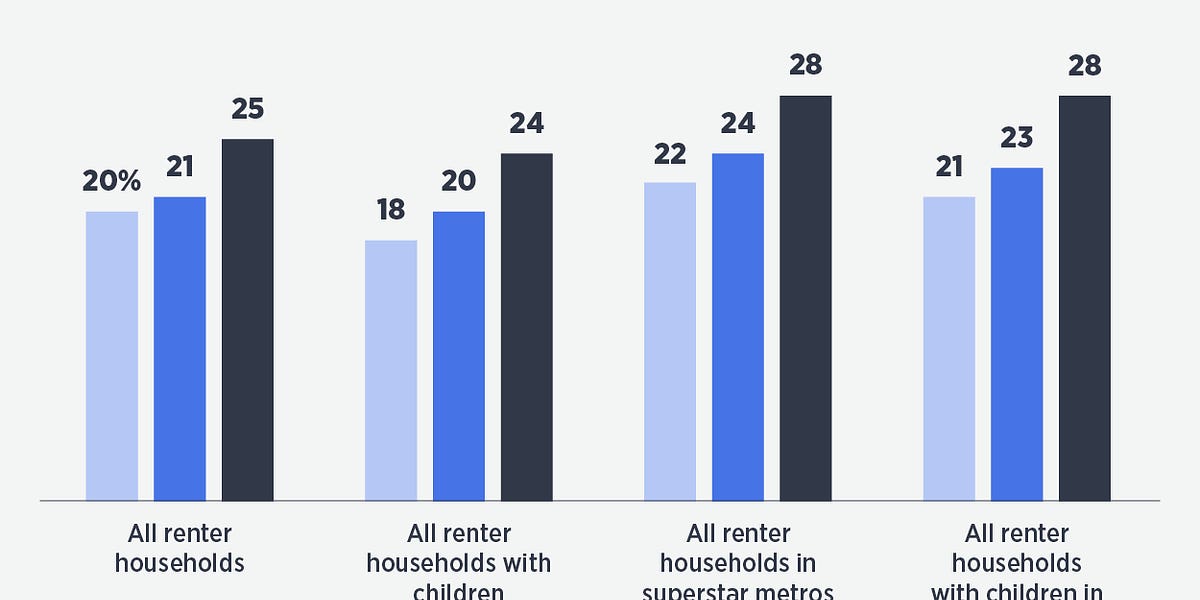
Symmetry-enforced topological nodal planes at the Fermi surface of a chiral magnet
Nature volume 594, pages 374–379 (2021 )Cite this article
Despite recent efforts to advance spintronics devices and quantum information technology using materials with non-trivial topological properties, three key challenges are still unresolved1,2,3,4,5,6,7,8,9. First, the identification of topological band degeneracies that are generically rather than accidentally located at the Fermi level. Second, the ability to easily control such topological degeneracies. And third, the identification of generic topological degeneracies in large, multisheeted Fermi surfaces. By combining de Haas–van Alphen spectroscopy with density functional theory and band-topology calculations, here we show that the non-symmorphic symmetries10,11,12,13,14,15,16,17 in chiral, ferromagnetic manganese silicide (MnSi) generate nodal planes (NPs)11,12, which enforce topological protectorates (TPs) with substantial Berry curvatures at the intersection of the NPs with the Fermi surface (FS) regardless of the complexity of the FS. We predict that these TPs will be accompanied by sizeable Fermi arcs subject to the direction of the magnetization. Deriving the symmetry conditions underlying topological NPs, we show that the 1,651 magnetic space groups comprise 7 grey groups and 26 black-and-white groups with topological NPs, including the space group of ferromagnetic MnSi. Thus, the identification of symmetry-enforced TPs, which can be controlled with a magnetic field, on the FS of MnSi suggests the existence of similar properties—amenable for technological exploitation—in a large number of materials.
Nearly a century ago Wigner, von Neumann and Herring1,2 addressed the conditions under which Bloch states form degenerate band crossings, but their topological character and technological relevance has been recognized only recently3,4,5. To be useful4,5,6,7,8,9, tiny changes of a control parameter must generate a large response, underscoring the lack of control over the band filling as the unresolved key challenge in materials with band crossings known so far. This raises the question whether topological band crossings exist that are (1) generically located at the Fermi level, (2) separated sufficiently in the Brillouin zone (BZ) and (3) easy to control.

























